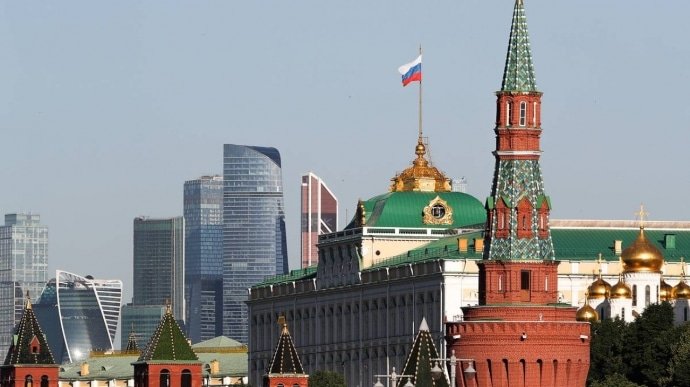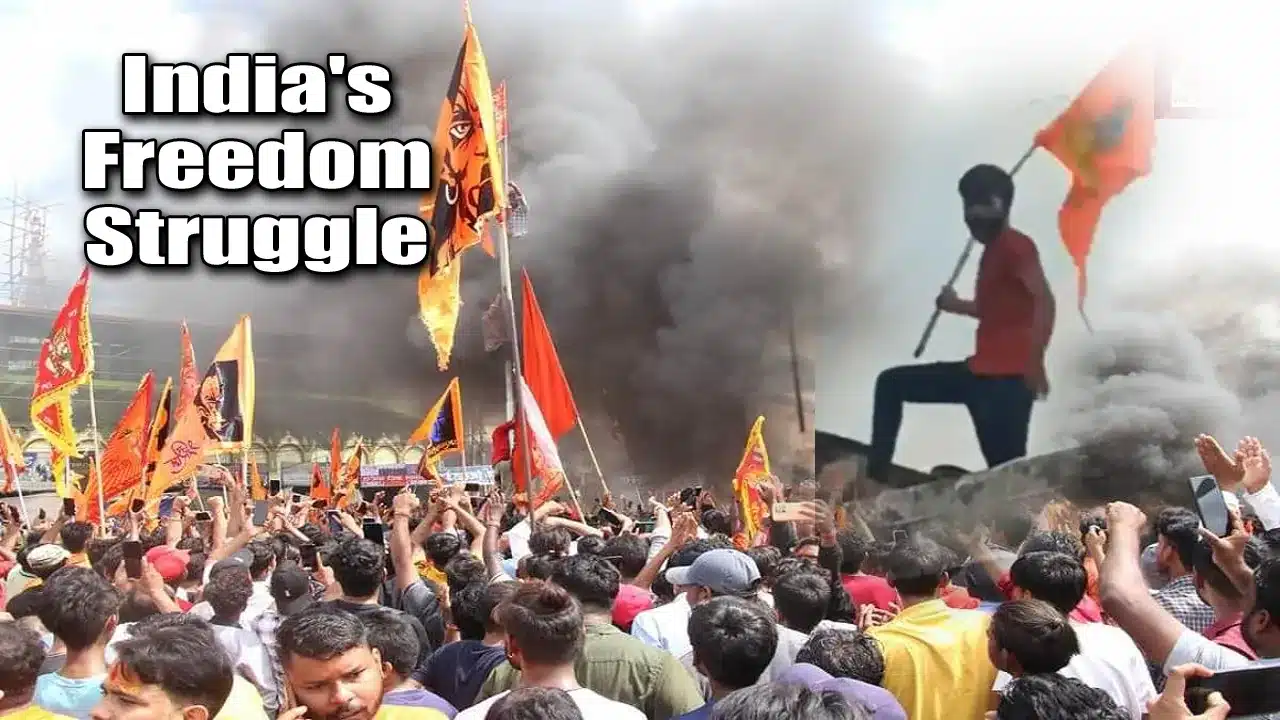LASTEST NEWS
Get the vaccine shot but do not throw away the mask to fight COVID-19
Graphical user interface
Description automatically generated with medium confidenceShobha Shukla – CNS
The message from all scientists is very loud and clear that vaccines alone will not be able to stem the tide of the COVID-19 pandemic. Even after getting vaccinated, we will have to continue to wear masks, maintain physical distancing, wash hands frequently and avoid congregated settings, to break the chain of transmission of the virus.
Some leading scientists such as Dr Anthony Fauci, Director of the US National Institute of Allergy and Infectious Diseases; Dr Helen Rees, founder and Executive Director of Wits Reproductive Health and HIV Institute, University of Witwatersrand, South Africa; Dr Robin Shattock, Professor of mucosal infection and immunity, Imperial College London; and Dr Sarah Schlesinger, Associate Professor of Clinical Investigation, Rockefeller University, New York, interacted with a select group of global health writers including me, ahead of HIV Research for Prevention (HIVR4P) International Conference, to be held (virtually) over the last week of January and the first week of February.
The year 2020 has been a tumultuous one indeed. The SARS-CoV-2 virus (commonly known as one of the forms of coronavirus which is causing the COVID-19 epidemic) ripped the world apart in a very short time, spreading the deadly COVID-19 pandemic very rapidly. The first clinical cases were recognized in Wuhan, China in December 2019 and till to-date it has infected almost 100 million people globally and killed more than 2 million.
While 2020 will remain etched in history as a catastrophic year, it will also be remembered as a year of scientific and medical breakthroughs – identifying the virus, sequencing the virus, making vaccines to combat it, at breakneck speed, and also figuring out what works medically – both in terms of treatments and in terms of prevention.
vaccines in our arsenal
It is nothing short of a miracle that in less than one year the biomedical community has fast tracked the development of several vaccines. As of now there are at least 3 injectable vaccines – by Oxford-AstraZeneca, Pfizer/BioNTech and Moderna – that have got regulatory approval for their use by many countries to combat the pandemic. The Pfizer/BioNTech and Moderna vaccines use a new, first ever technology which packages messenger RNA (mRNA) inside tiny fat droplets to instruct human cells to make the spike protein jutting out from the coronavirus’s surface. The Oxford–AstraZeneca vaccine uses an accentuated (harmless and weakened) version of a virus that causes the common cold in chimpanzees and packages the genetic instructions in the shell of this adenovirus. This virus has been genetically altered with a gene for a coronavirus protein to provoke the body’s immune reaction.
Efficacy of Pfizer/BioNTech and Moderna vaccines is around 95%. While efficacy of Oxford–AstraZeneca vaccine is slightly lower at around 70%, but it is cheaper and easier to store than the other two vaccines.
efficacy versus effectiveness of a vaccine
Efficacy of a vaccine is determined through randomised, double-blind controlled Phase-3 clinical studies and refers to its success (reduction of disease incidence) in a vaccinated group compared to an unvaccinated group under optimal conditions. Eligible participants enrolled in any randomised double-blind controlled clinical study are divided into 2 equal groups. One group is administered the vaccine and the other group is given a placebo. Investigators then observe the number of infections that occur in each group over a specified period of time. An X% efficacy would mean that while 100 infections occurred in the placebo group, only 100-X occurred in the vaccine group. For example, the Pfizer vaccine Phase 3 clinical study had 44,000 participants. 22,000 were given the vaccine and the other half got a placebo. In the weeks that followed, 170 of the study participants got infected and tested positive for Covid19 while going about their daily lives. Of these, 8 had received the vaccine shot and the other 162 were in the placebo group. In other words while 162 infections occurred in the placebo group only 8 occurred in the vaccine group. This translates into 95% efficacy.
Vaccine effectiveness, however, refers to the ability of the drug to prevent disease in a real-world setting, which is less than that in a controlled setting. In the real world, a vaccine’s effectiveness can be influenced by several unpredictable factors- like rate of spread of the virus, proper storage of vaccine, adherence to the optimum dosing schedule, etc.
what we know about these vaccines
What is currently known so far from the ongoing Phase-3 clinical studies is that all these 3 vaccines have proven to be safe in humans. They also exhibit varying degrees of efficacy in preventing clinically recognisable, that is laboratory confirmed symptomatic disease. So these vaccines are safe and they will protect us from severe disease and lower the severity of the infection.
what we do not know
Normally it takes 5-10 years to develop a vaccine. But the COVID-19 vaccine studies were put together very rapidly, and they are still ongoing. While the vaccines are efficacious in protecting us from severe disease and lowering the severity of the infection, it is not known as of now whether any of them will prevent the infection and/or prevent transmission of the virus.
Scientists are still in the process of learning if the vaccines will also prevent asymptomatic infection or prevent transmission and therefore interrupt transmission into the community.
Dr Robin Shattock says that they will have some ability to prevent transmission. It is important to differentiate the impact on transient infection of an individual versus the impact on transmission at the population level. If we reduce the period of viral shedding and the amount of viruses shed, it will have an impact on the overall transmission rate. So on a population basis we may see evidence of reducing transmission.
Dr Anthony Fauci is confident that by doing a lot of sequencing and testing of asymptomatic carriers, we will be able to find it out if the vaccines can also prevent infection and transmission.
administering the vaccine
Each of these 3 vaccines require 2 vaccine doses to be given at specified intervals of time. Dr Sarah Schlesinger elaborates that “None of the approved vaccines have the possibility to give you COVID-19, but it is possible to get COVID-19 after getting vaccinated, before the body fully makes an immune response. It takes two weeks after any vaccination to mount a peak immune response. So you will be vulnerable for 6 weeks after taking the 1st shot, provided you take the second shot after 4 weeks. The vulnerability goes down after about 12 days of taking the 1st shot. There simply is not data at this time to say what happens if you do not get the second shot. But almost certainly a single shot confers some level of protection. However it is critical for the durability of the response to get the second shot.”
new variants of the virus
Dr Helen Rees voices concerns around the emergence of new mutations of the virus. “New global variants have already emerged in UK, South Africa, and Brazil. They will go on emerging as long as we have large number of infections because the push for new mutations to occur will continue if we do not get the vaccines out to everybody”, she says.
One of the major concerns is if the vaccines will work as efficaciously against these new strains. In the event that we need to change vaccines, if not for these variants, but for those in the future, one technology that makes it much easier to do are the mRNA vaccines, which can be modified rapidly.
vaccine hesitancy and scepticism
Science has designated the COVID-19 vaccines as the breakthrough of the year 2020, but there is still a considerable degree of vaccine hesitancy and scepticism. Dr Fauci lists basically two reasons for this:
– Some people think that as the vaccines were developed in just less than one year, safety issues might have been compromised; and
– Vaccines that were developed with help from the government are not trustworthy (due to mistrust of government actions in general public). He says people should be made to understand that it was science, and not the US government or private companies, that worked on clinical trials involving 30000 to 40000 people.
According to Dr Fauci, one way to restore the people’s trust in the safety and efficacy of the approved vaccines is for Presidents, Vice Presidents, Prime Ministers and other prominent political and scientific figures to get vaccinated publicly. This happened most recently in the USA where Joe Biden, Kamala Harris and Anthony Fauci took the vaccine shots with their masks on, while the public watched online. Heads of states of other countries, including UK and Canada, have done the same. On the contrary, India’s Prime Minister said that no political bigwig will take the vaccine in the first phase of the nationwide vaccination drive that began on 16 January, 2021. This has only added to the public mistrust, which had already been fuelled due to introduction (along with the Oxford–AstraZeneca vaccine) of the indigenously produced Covaxin, that has yet to show any efficacy data from its Phase 3 clinical studies.
As Dr Fauci says,”We are never going to be free of the threat of COVID-19 until we get 70% to 85% of the global population vaccinated to get herd immunity. In the meantime we must take the politics out of the pandemic and continue to wear masks and adhere to all public health measures that have been recommended by science. It is the right and ethical thing to do.”
Shobha Shukla – CNS (Citizen News Service)
(Shobha Shukla is the award-winning founding Managing Editor and Executive Director of CNS (Citizen News Service) and is a feminist, health and development justice advocate. She is a former senior Physics faculty of prestigious Loreto Convent College and current Coordinator of Asia Pacific Regional Media Network to #endTB & #endtobacco and #beatNCDs (APCAT Media). Follow her on Twitter @shobha1shukla or read her writings here www.bit.ly/ShobhaShukla)
– shared under Creative Commons (CC)



